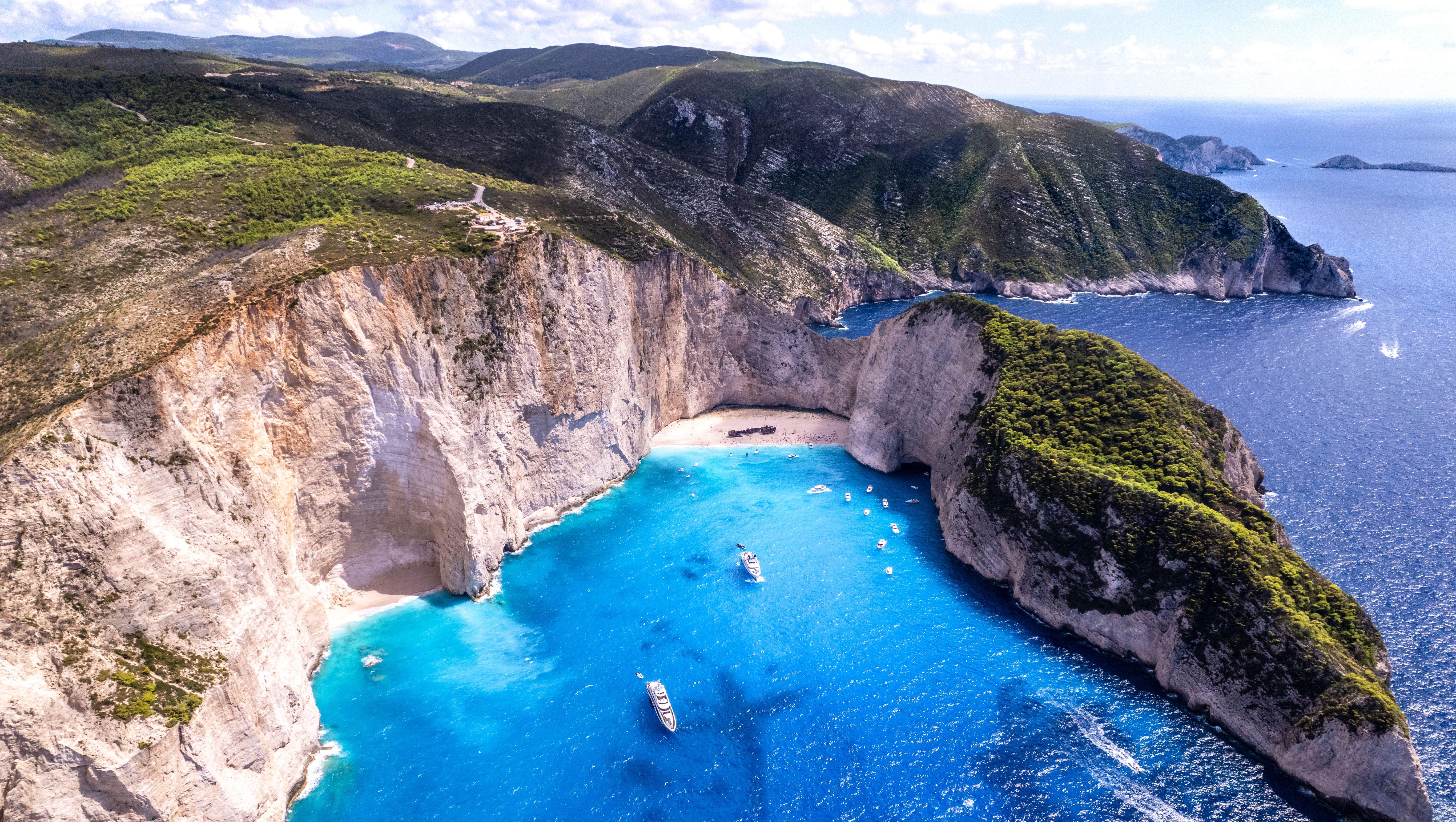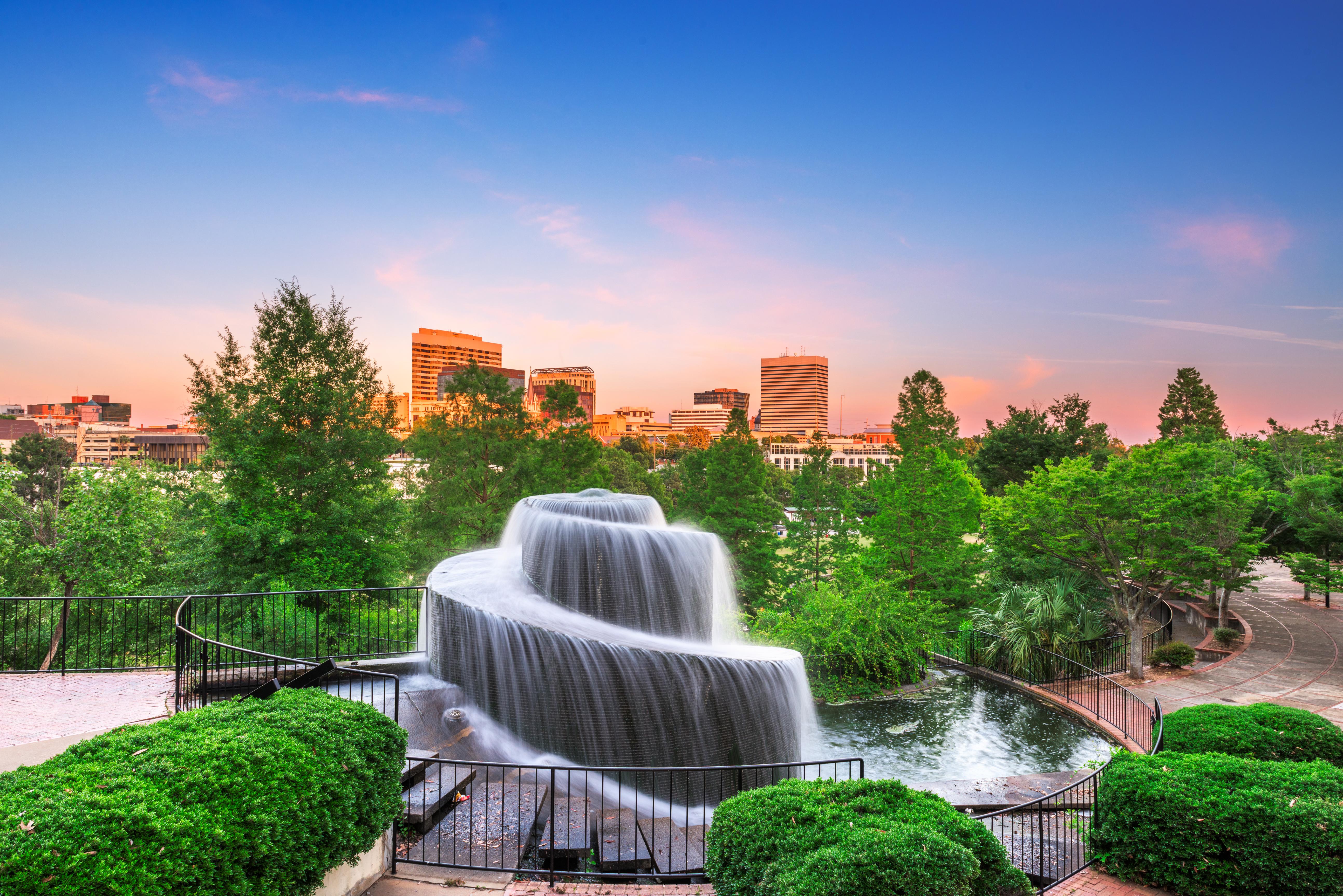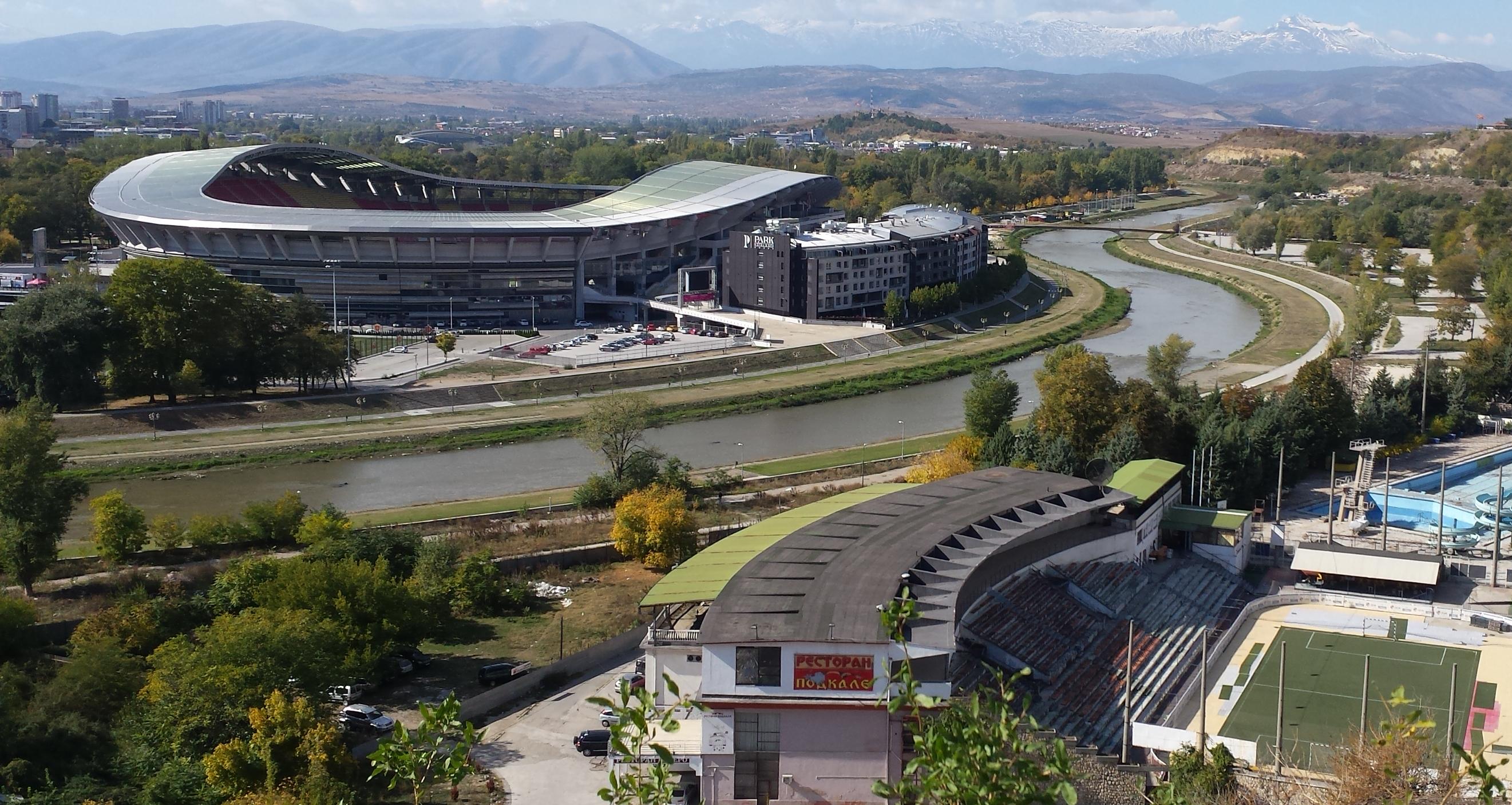Eerie Ancient Ruins That Tell Forgotten Stories
Some places don’t just echo with history—they haunt. Scattered across jungles, deserts, and cliffsides, these ruins aren't simply relics of the past—they're unfinished sentences, whispered warnings, and sacred scars etched in stone. Each site on our newly expanded list of 26 eerie ancient ruins carries the weight of vanished empires, unsolved mysteries, and rituals long lost to time. This isn't a tourist trail—it’s a portal into places where walls remember, silence shouts, and beauty collides with dread. From ghostly cities swallowed by vines to temples aligned with stars, these ruins compel you to pause, listen, and wonder: what was left behind… and why? Step into these forgotten worlds, if you dare—and discover that history, at its most chilling, is also its most alive.
1. Machu Picchu: The Lost City of the Incas
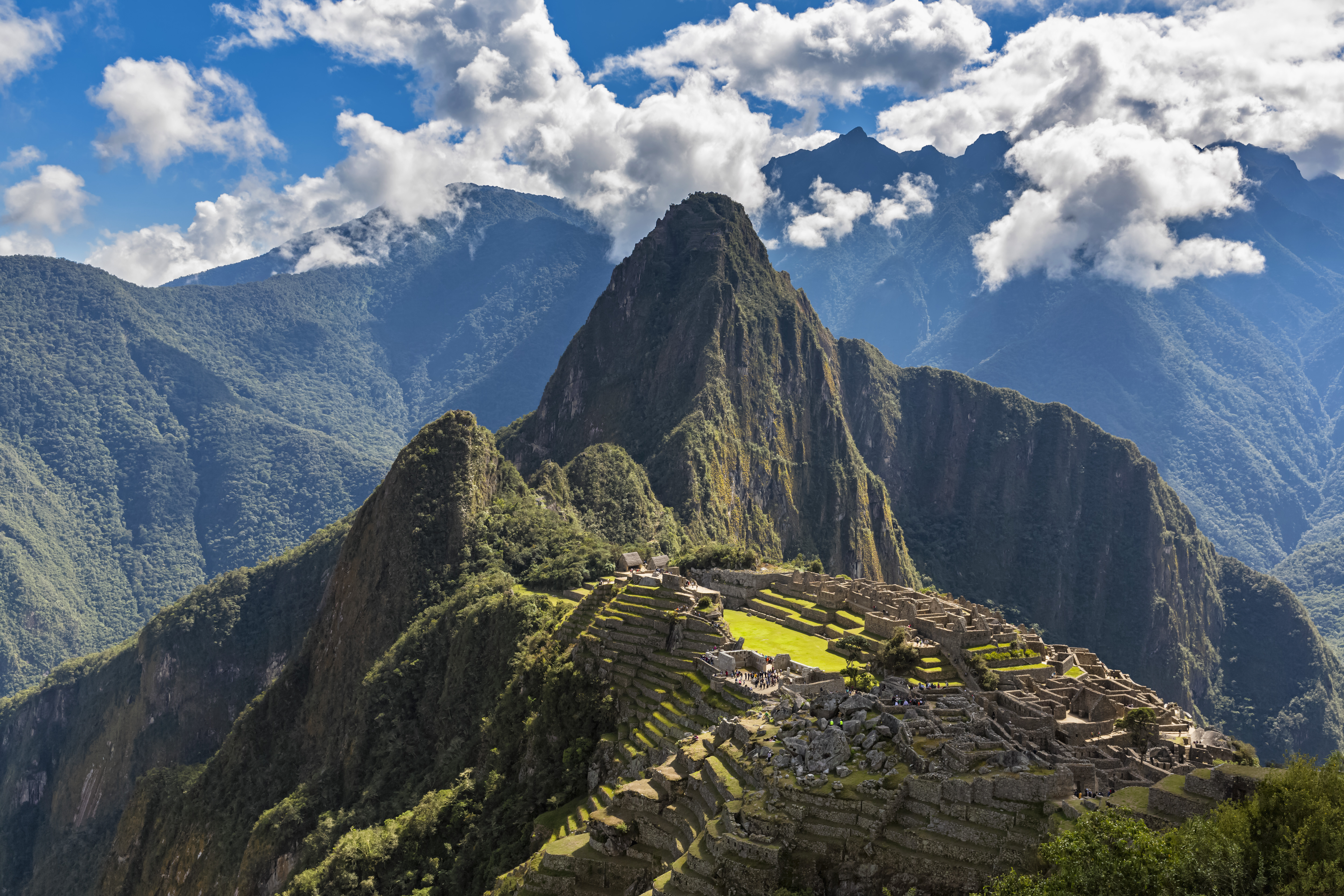
Perched high in the Andes Mountains, Machu Picchu is a testament to the ingenuity and resilience of the Inca civilization. This ancient city, often shrouded in mist, was rediscovered in 1911 by Hiram Bingham, though it had never been lost to the indigenous people of the region. The precision of its stonework, the complexity of its terraces, and the mystery of its purpose continue to captivate archaeologists and travelers alike. Was it a royal estate, a religious site, or a military stronghold? Theories abound, but the true story of Machu Picchu remains elusive. As you wander through its stone corridors and gaze upon the breathtaking vistas, you can enjoy the remnants of its past glory in a different time altogether.
2. Angkor Wat: The Temple Complex of Wonder
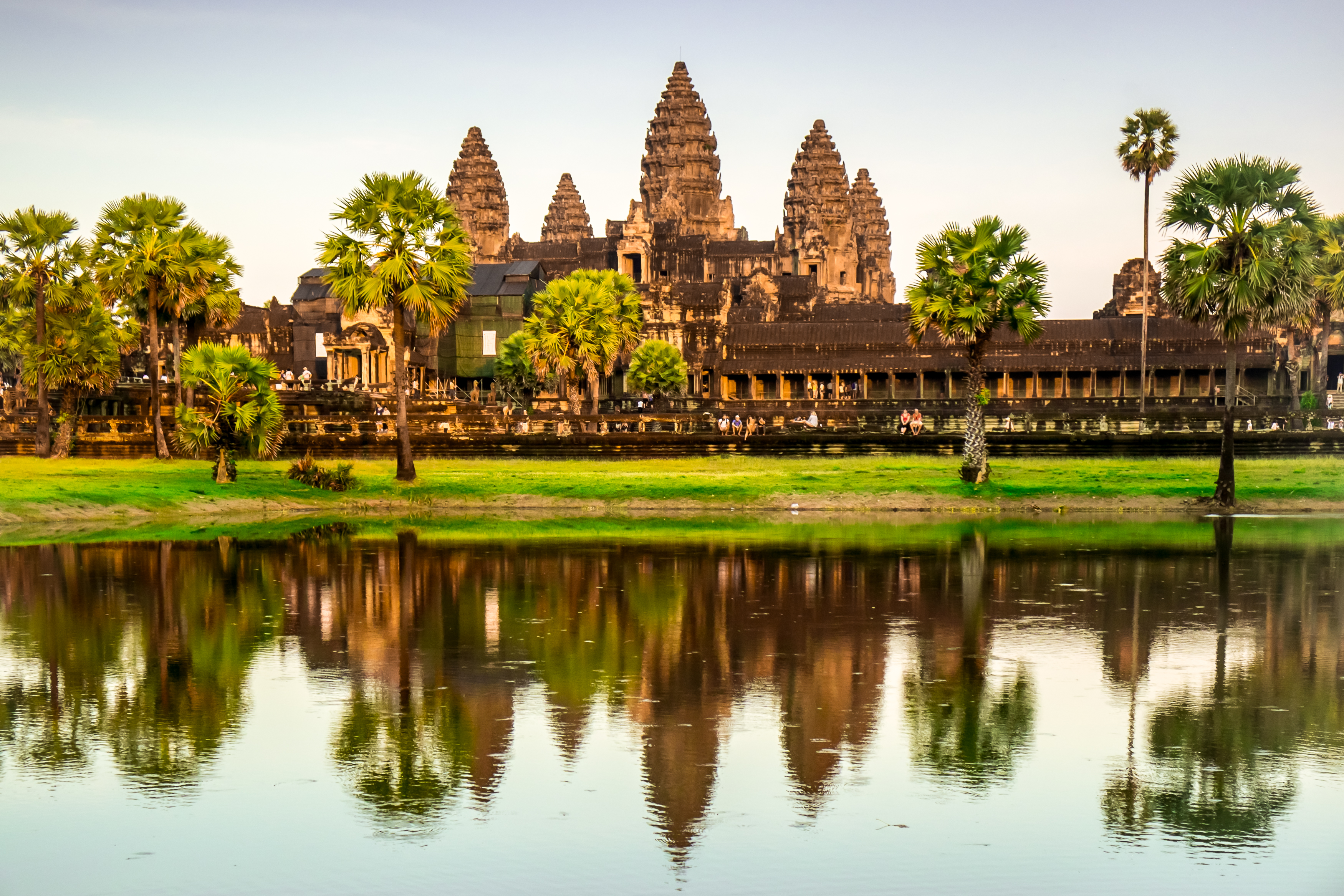
In the heart of Cambodia lies Angkor Wat, a sprawling temple complex that once served as the capital of the Khmer Empire. Built in the 12th century, this architectural marvel is the largest religious monument in the world. Its intricate bas-reliefs depict scenes from Hindu mythology, and its towers rise majestically towards the sky. Yet, beneath its grandeur lies an air of mystery. How did such an advanced civilization vanish, leaving these monumental structures to be reclaimed by the jungle? Recent research suggests climate change and overpopulation may have played a role, but the full story of Angkor's decline is still a puzzle waiting to be solved.
3. Stonehenge: The Enigma of the Standing Stones
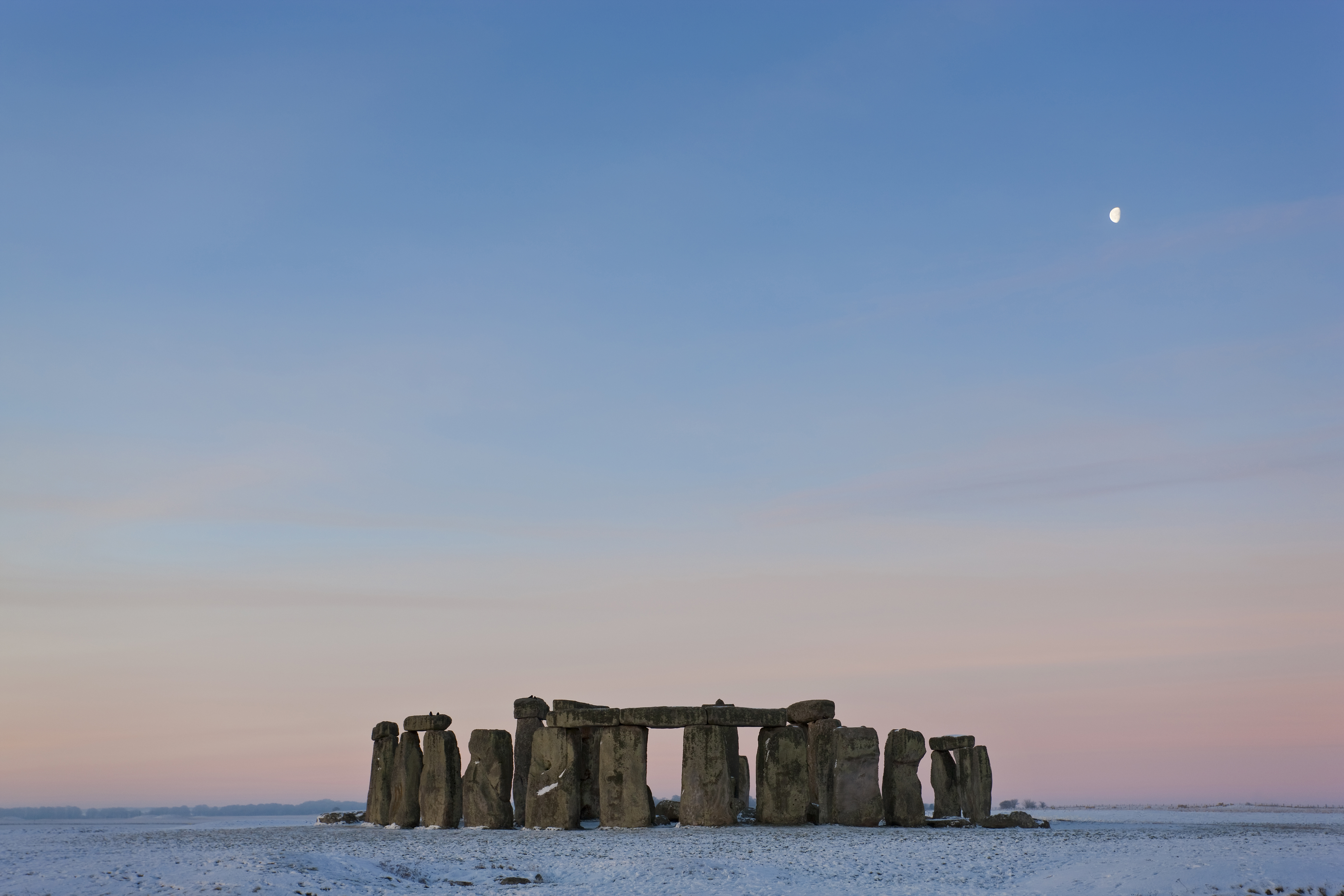
On the Salisbury Plain in England, Stonehenge stands as a testament to prehistoric ingenuity and mystery. This circle of massive stones, some weighing over 25 tons, was erected over 4,000 years ago. The purpose of Stonehenge has been the subject of speculation for centuries. Was it an astronomical observatory, a religious site, or a burial ground? Recent studies suggest it may have served multiple purposes, evolving over time. The precision with which the stones are aligned with celestial events hints at a sophisticated understanding of astronomy. As you stand among these ancient monoliths, you can feel the weight of history pressing down in ways that many find interesting to ponder over.
4. Petra: The Rose-Red City Half as Old as Time
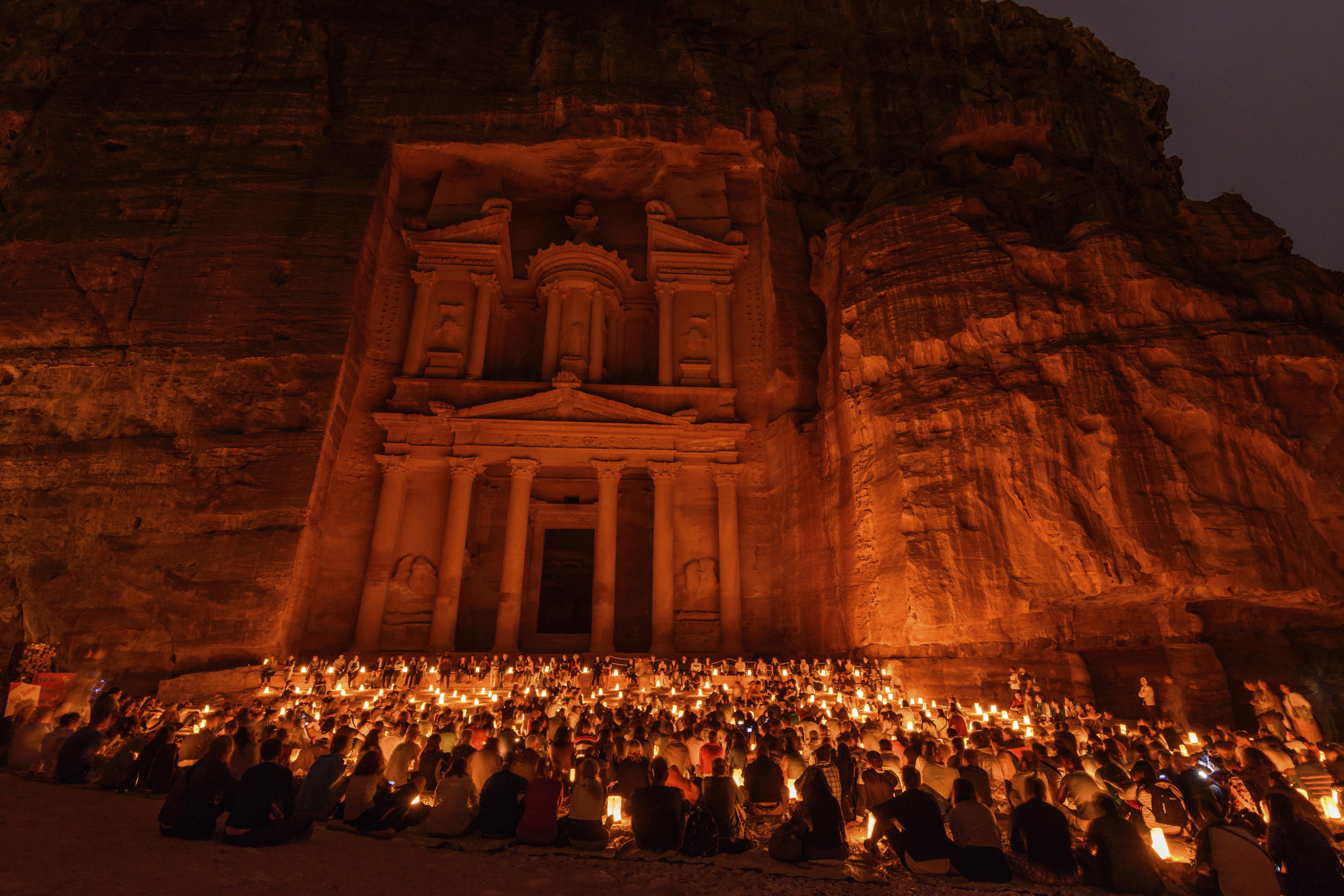
Carved into the rose-hued cliffs of southern Jordan, Petra is a city that defies imagination. Once a thriving trade hub and the capital of the Nabataean Kingdom, Petra is renowned for its rock-cut architecture and advanced water management system. The city was lost to the Western world for centuries until its rediscovery in 1812. The most iconic structure, the Treasury, greets visitors with its ornate façade, but the city holds many more secrets. Recent archaeological discoveries suggest Petra was much larger than previously thought, with a complex network of temples, tombs, and public spaces. As you explore its narrow canyons and hidden chambers, you can almost hear the bustling life that once filled its streets.
5. The Pyramids of Giza: Guardians of the Pharaohs
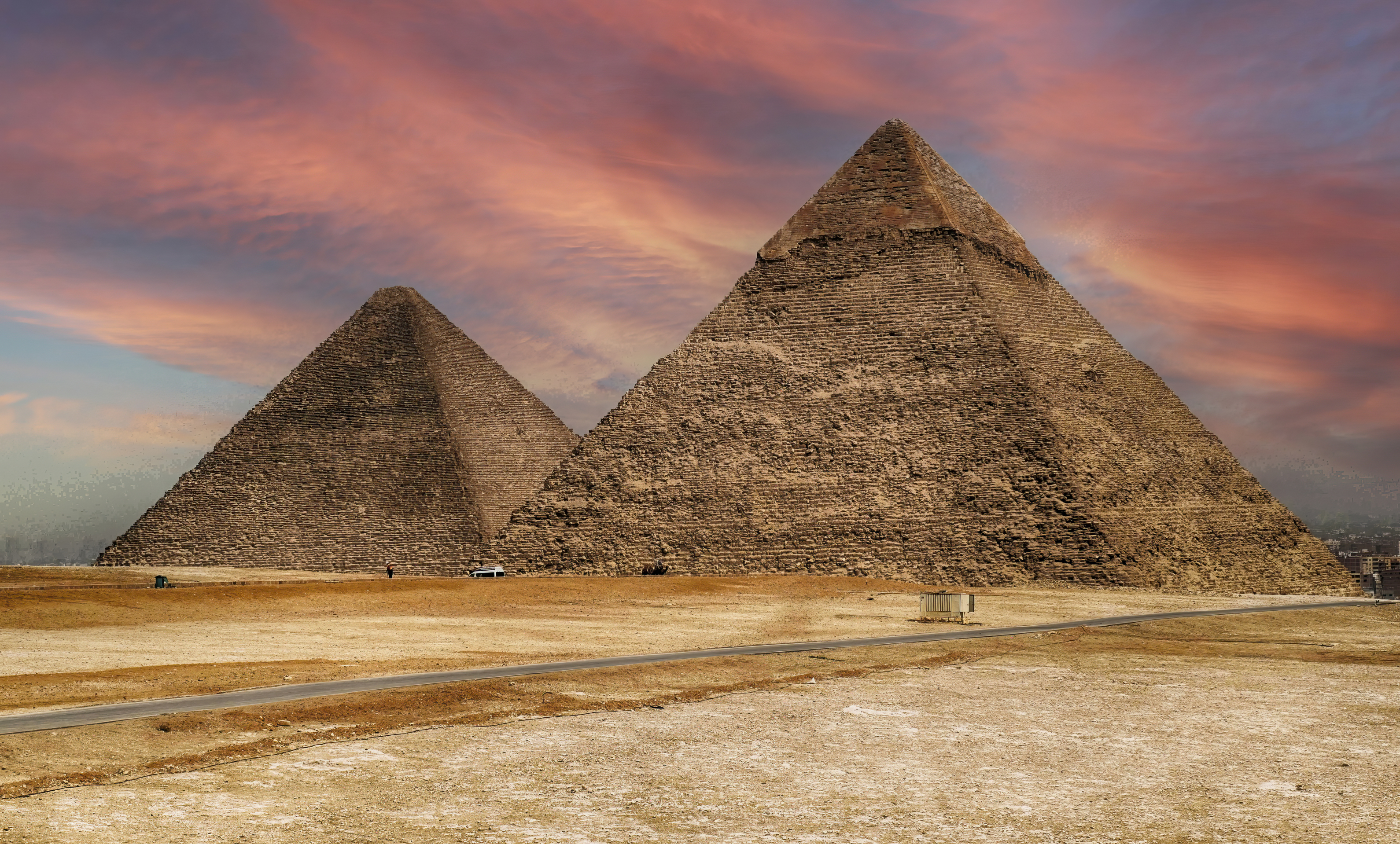
The Pyramids of Giza, standing on the outskirts of Cairo, are among the most iconic structures in the world. These monumental tombs were built for the pharaohs of ancient Egypt, a testament to their power and divine status. The Great Pyramid, the largest of the three, was constructed with such precision that its original casing stones reflected sunlight like a beacon. Despite being studied for centuries, the pyramids still hold many mysteries. How were they built with such precision without modern technology? What secrets lie within the undiscovered chambers? As you gaze upon these ancient wonders, you are reminded of the enduring legacy of a civilization that continues to captivate the human imagination.
6. The Acropolis: Athens' Crown Jewel

Rising above the city of Athens, the Acropolis is a symbol of ancient Greek civilization. This citadel, home to the Parthenon and other significant structures, was the center of religious and political life in ancient Athens. The Parthenon, dedicated to the goddess Athena, is a masterpiece of classical architecture, renowned for its Doric columns and intricate sculptures. The Acropolis has withstood the ravages of time, war, and pollution, yet it remains a powerful symbol of Greek cultural heritage. As you walk among its ruins, you are transported back to a time when philosophy, democracy, and art flourished in this ancient city-state.
7. Chichen Itza: The Mayan Metropolis

Deep in the Yucatan Peninsula, Chichen Itza stands as a testament to the achievements of the Maya civilization. This ancient city, once a bustling metropolis, is home to iconic structures like the Pyramid of Kukulcan and the Temple of the Warriors. The pyramid, also known as El Castillo, is a marvel of engineering, aligned with astronomical events such as the equinoxes. The Maya were skilled astronomers and mathematicians, and their knowledge is reflected in the city's layout and architecture. Yet, despite their advancements, the reasons for the decline of Chichen Itza remain a mystery. As you explore its ruins, you can almost feel the presence of the Maya and the world that they curated all on their own.
8. The Terracotta Army: Guardians of the First Emperor
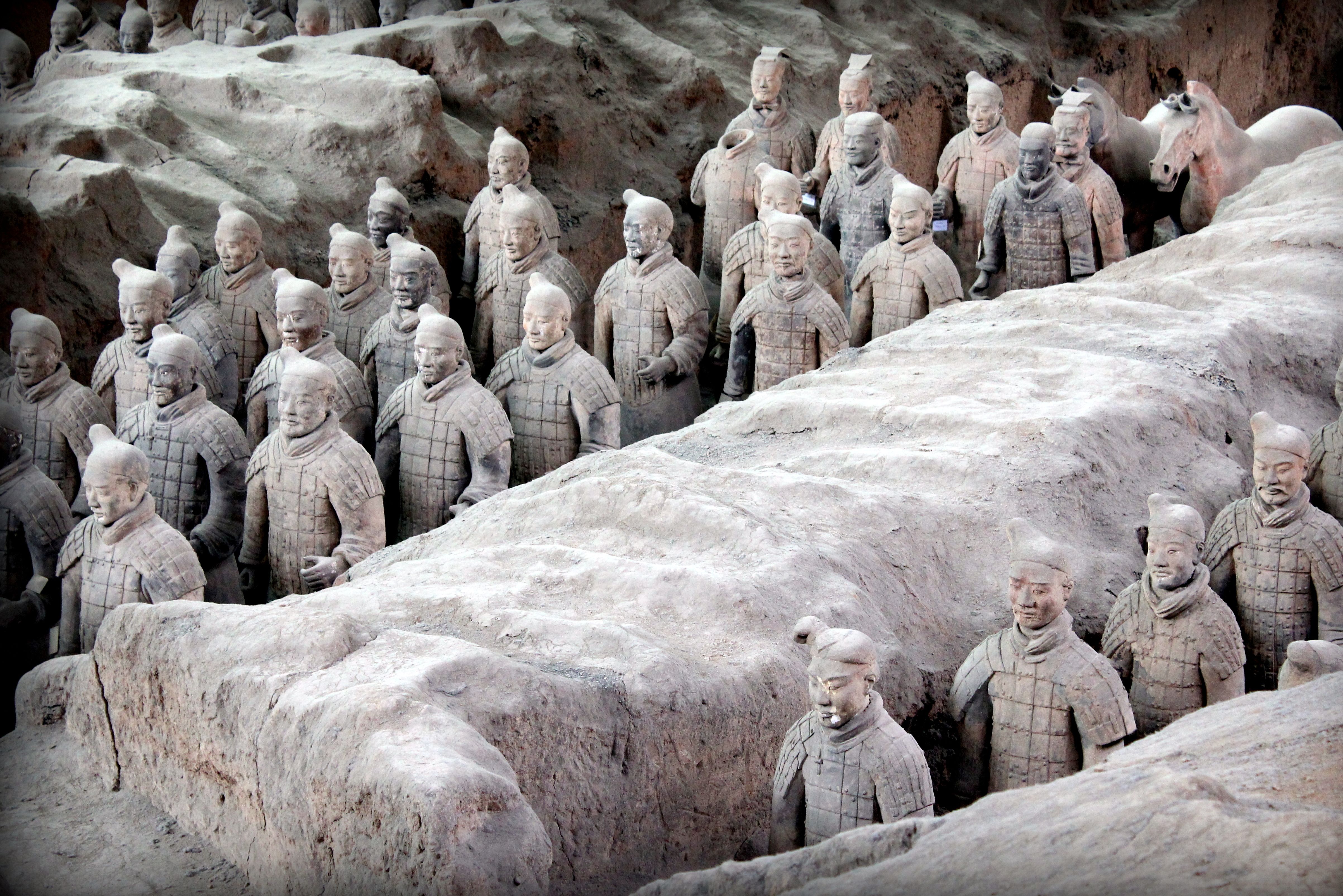
In the heart of China, the Terracotta Army stands as a testament to the power and ambition of the first Emperor, Qin Shi Huang. Discovered in 1974, this vast army of life-sized terracotta soldiers, horses, and chariots was buried to protect the emperor in the afterlife. Each figure is unique, with intricate details that reflect the military hierarchy of the time. The sheer scale of the army, with thousands of figures spread across several pits, is a testament to the organizational prowess of the Qin dynasty. Yet, the full extent of the burial complex remains unknown, with many chambers still unexcavated. As you stand before these silent warriors, you are reminded of the emperor's quest for immortality and the enduring legacy of his reign.
9. Easter Island: The Moai Statues of Rapa Nui
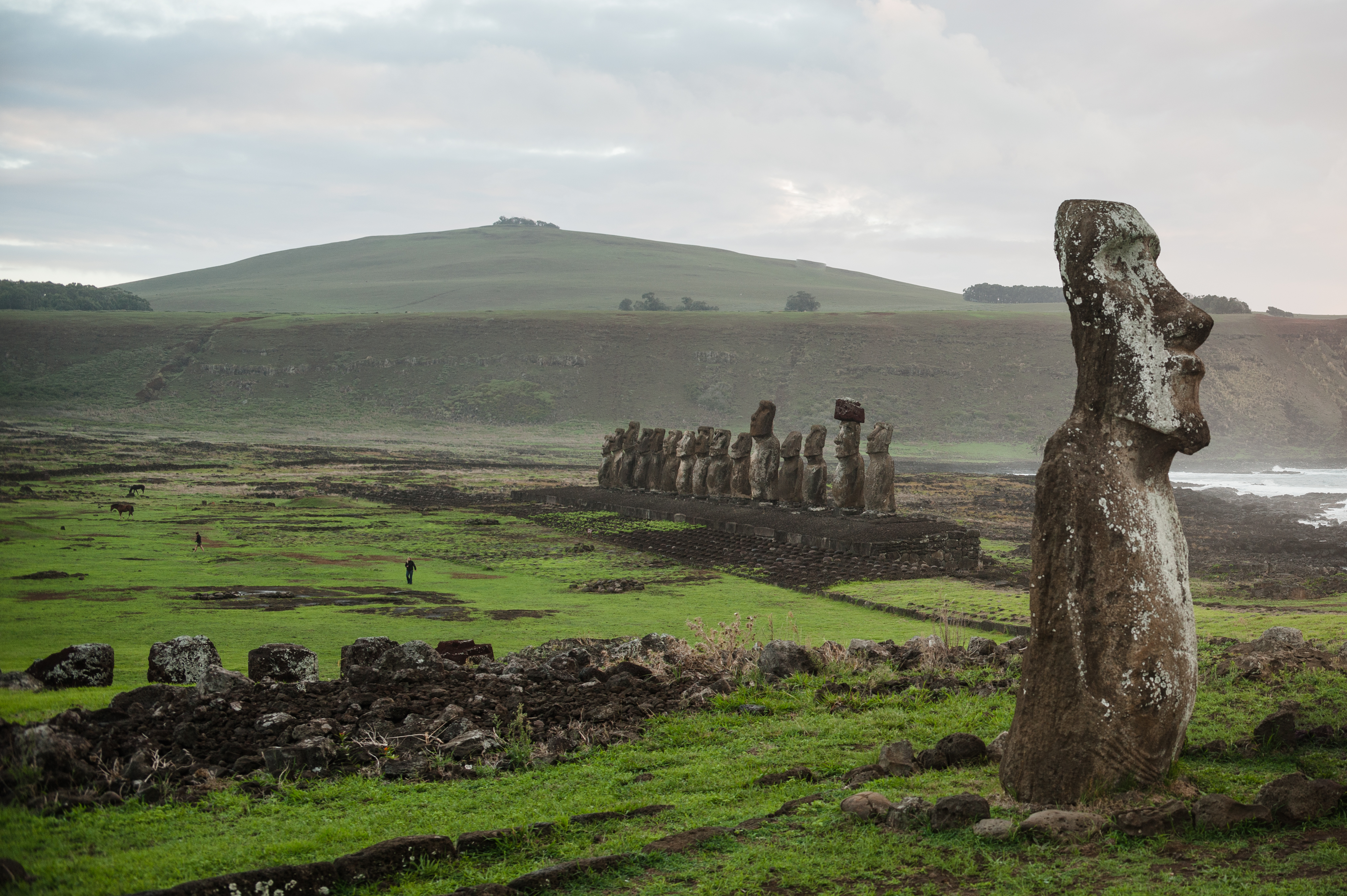
In the remote Pacific Ocean, Easter Island is home to the enigmatic Moai statues. These colossal figures, carved from volcanic rock, are scattered across the island, standing as silent sentinels. The Rapa Nui people, who created these statues, are believed to have arrived on the island around 1200 AD. The purpose of the Moai remains a mystery, with theories suggesting they were created to honor ancestors or as representations of deified leaders. The island's isolation and limited resources make the construction and transportation of these statues an incredible feat. As you wander among the Moai, you are reminded of the ingenuity and resilience of the Rapa Nui, and the mysteries that still shroud their history.
10. Göbekli Tepe: The World's Oldest Temple

In the arid plains of southeastern Turkey, Göbekli Tepe stands as a testament to the ingenuity of prehistoric societies. Dated to around 9600 BC, this site is considered the world's oldest temple complex. The massive stone pillars, adorned with intricate carvings of animals and abstract symbols, suggest a sophisticated society capable of organizing large-scale construction projects. The purpose of Göbekli Tepe remains a mystery, with theories suggesting it was a ceremonial site or a place for communal gatherings. The discovery of this site has challenged our understanding of the development of human civilization, suggesting that complex societies may have existed much earlier than previously thought. As you explore its ancient stones, you are reminded of the enduring human quest for meaning and connection through the tides of time.
11. Palmyra: The Desert Oasis
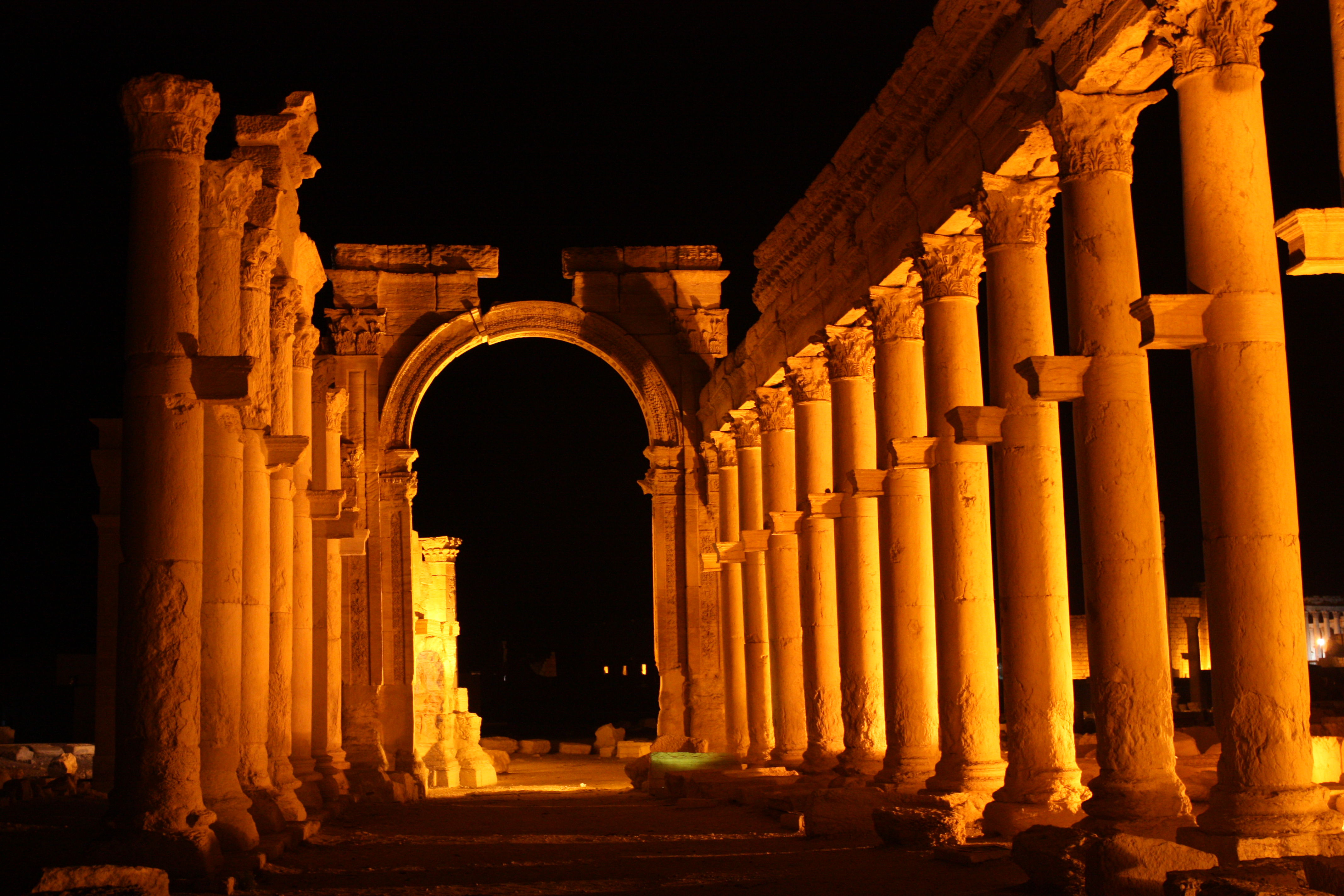
In the heart of the Syrian desert, Palmyra was once a thriving city and a vital trade hub on the Silk Road. Known as the "Bride of the Desert," Palmyra was a melting pot of cultures, with influences from Persia, Rome, and Arabia. The city's grand colonnades, temples, and theaters are a testament to its former glory. However, recent conflicts have left much of Palmyra in ruins, a stark reminder of the fragility of cultural heritage. Despite this, efforts are underway to preserve and restore what remains. As you walk among the ruins of Palmyra, you are reminded of the resilience of human culture and the importance of preserving our shared history for future generations.
12. Skellig Michael, Ireland: The Austere Sanctuary

Rising dramatically from the wild Atlantic, Skellig Michael is a precipitous, wind-swept island monastery. Imagine 7th-century monks living in these beehive stone huts, clinging to the rock face, enduring harsh conditions in extreme isolation. The island's remoteness, the treacherous climb to its summit, and the sheer endurance of its former inhabitants evoke a profound sense of awe and eeriness. It feels like a place at the very edge of the world, where faith and survival were intertwined, leaving behind a hauntingly beautiful and stark testament to human devotion against formidable odds.
13. Derinkuyu Underground City, Turkey: Labyrinthine Depths
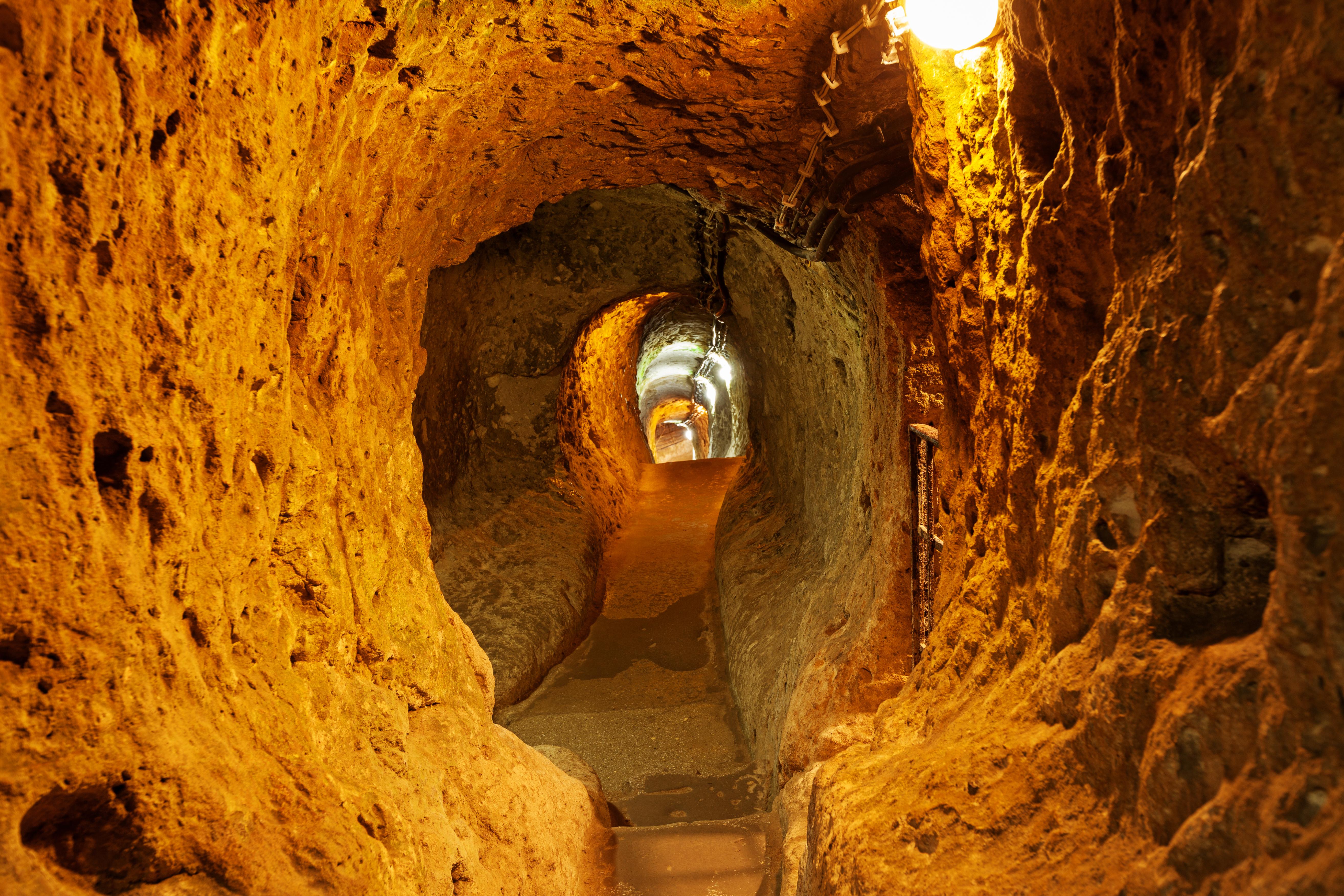
Venture deep beneath Cappadocia's plains into Derinkuyu, an ancient multi-level city carved from soft volcanic rock, capable of sheltering thousands. The sheer scale of this subterranean complex, with its ventilation shafts, wells, stables, chapels, and rolling stone doors designed to seal off passages, is astounding. The thought of entire communities living in these dark, narrow tunnels for extended periods to escape invaders or persecution evokes a chilling, almost claustrophobic sense of a hidden world. Its true origins and the full extent of its connections to other underground cities remain shrouded in mystery.
14. Nan Madol, Federated States of Micronesia: Venice of the Pacific
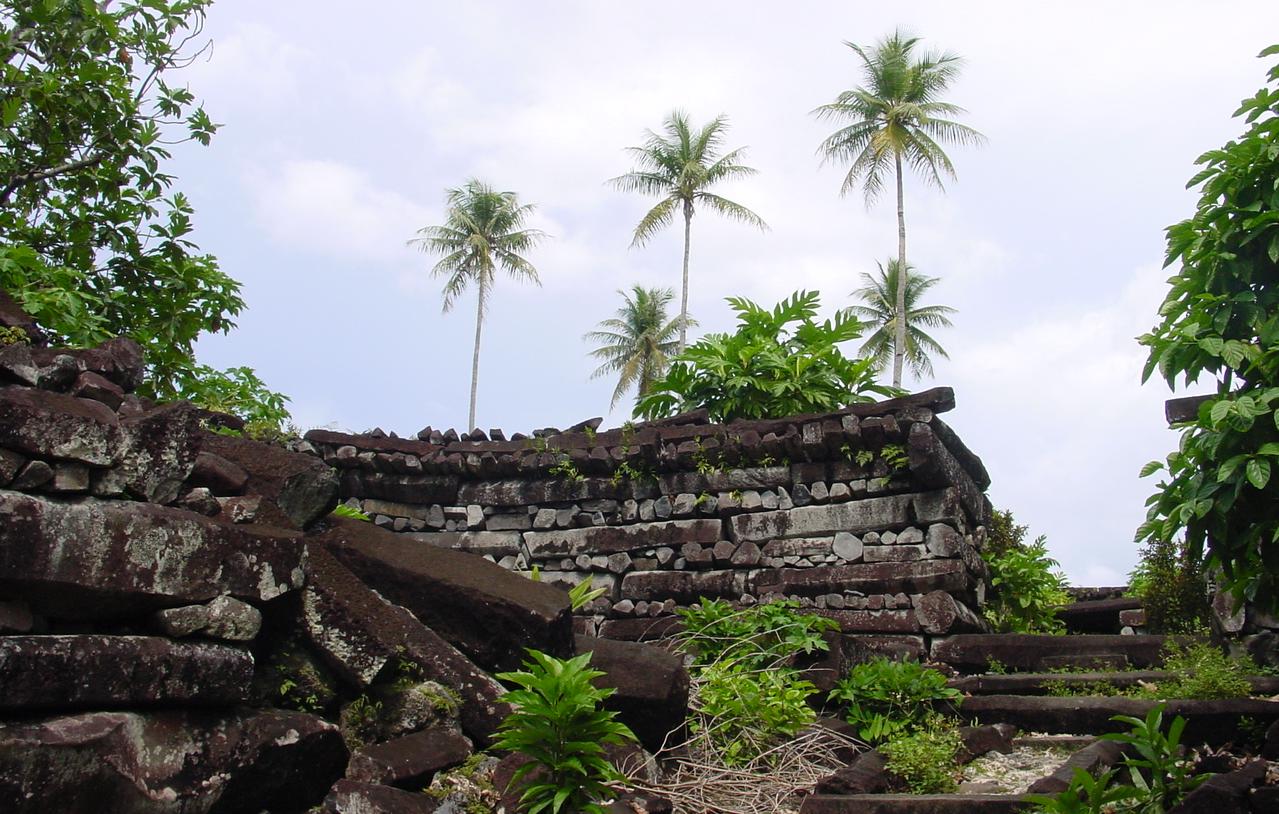
Off the coast of Pohnpei lies Nan Madol, the enigmatic ruins of an ancient city built on a series of artificial islets in a shallow lagoon. Constructed from massive basalt logs, some weighing many tons, the logistical feat is baffling. Local legends speak of magic and giants, adding to its mystique. The crumbling, moss-covered walls, half-submerged causeways, and silent courtyards, accessible mainly by boat, create an undeniably eerie atmosphere. Why it was built and why it was abandoned remains a subject of debate, leaving a powerful sense of a lost, water-bound civilization.
15. The Catacombs of Kom el Shoqafa, Egypt: A Greco-Roman Underworld

Descend into the Catacombs of Kom el Shoqafa in Alexandria, a unique and eerie multi-level necropolis blending Egyptian, Greek, and Roman artistic and religious motifs. Discovered accidentally in 1900, these 2nd-century AD tombs spiral deep into the bedrock. Elaborate burial chambers, statues depicting Anubis in Roman legionary armor, and banquet halls for funerary feasts create a surreal and somewhat unsettling atmosphere. It’s a place where distinct cultures merged in death, leaving behind a fascinating and slightly macabre subterranean world that whispers of ancient rites and beliefs.
16. Cahokia Mounds, USA: America's Forgotten Metropolis
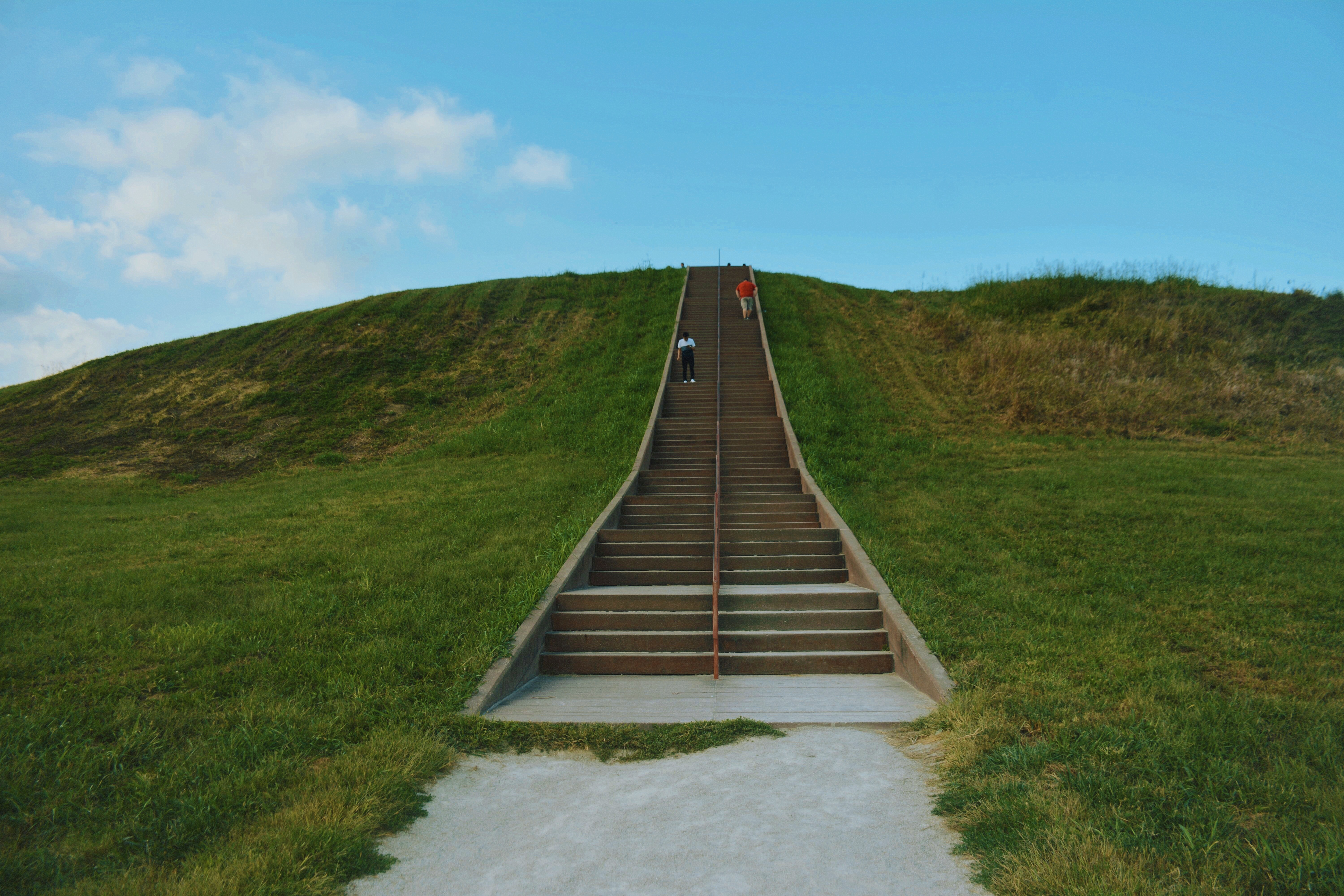
Near Collinsville, Illinois, lie the remnants of Cahokia, the largest pre-Columbian city north of Mexico. Around 1200 AD, it was larger than contemporary London, with massive earthen mounds, the grandest being Monks Mound, dominating the landscape. Yet, this thriving metropolis was mysteriously abandoned by 1350 AD. Standing atop Monks Mound, overlooking the flat plains where a bustling city once stood, one can't help but feel an eerie sense of loss and wonder about the complex society that vanished, leaving behind only these silent, grassy monuments and unanswered questions.
17. Ani, Turkey: City of 1001 Churches, Now a Ghost
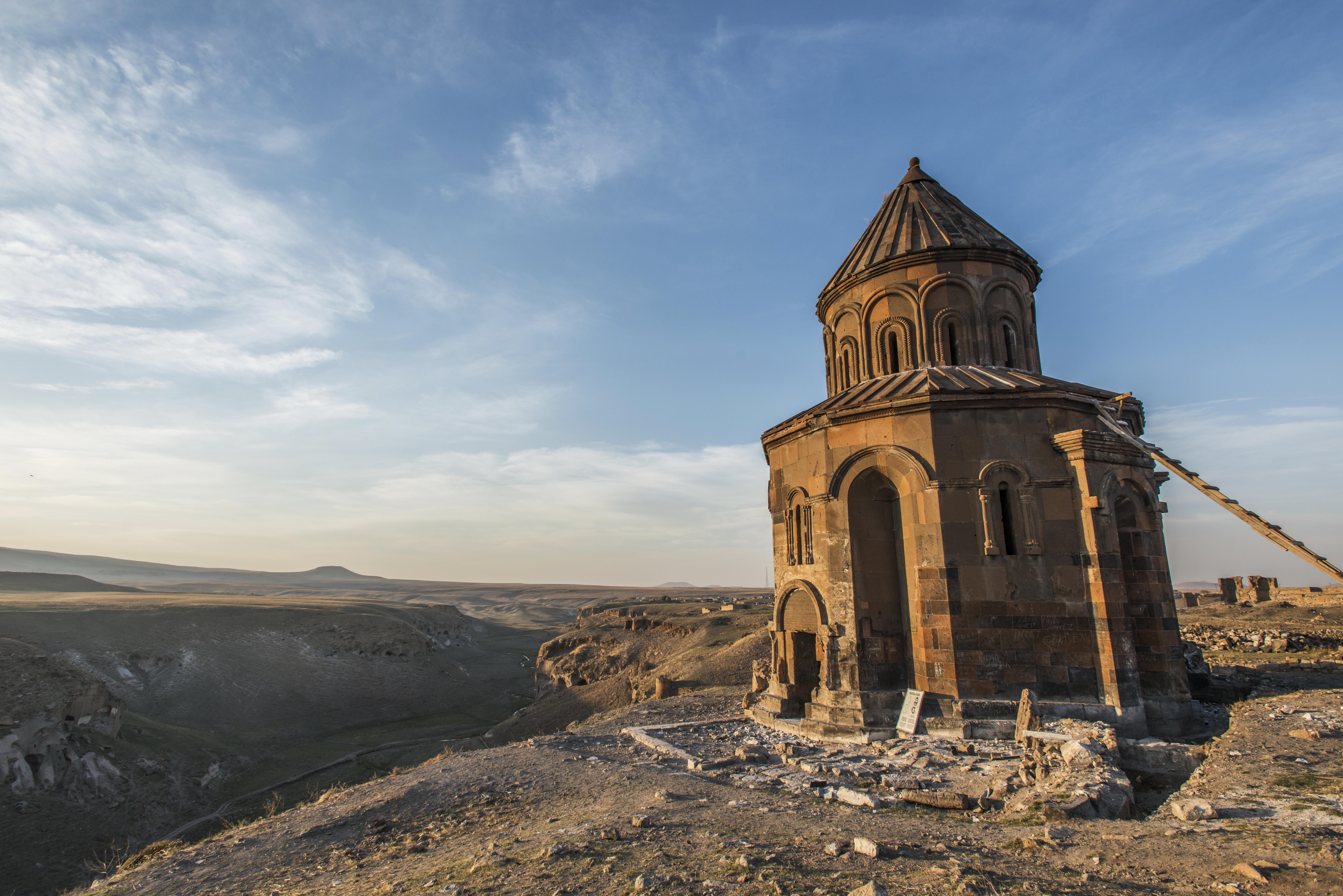
On a desolate plateau near the Armenian border, the ruins of Ani, a once-magnificent medieval Armenian capital, stand as a haunting spectacle. Known as the "City of 1001 Churches," its crumbling cathedrals, palaces, and fortifications, exposed to the harsh elements, tell a story of immense wealth, power, and eventual tragic decline due to earthquakes, invasions, and shifting trade routes. Walking among these majestic, wind-swept ruins, with the vast, empty landscape stretching around, evokes a profound sense of melancholy and the ghostly presence of a vibrant civilization lost to time.
18. Tiwanaku, Bolivia: Enigmatic Andean Power
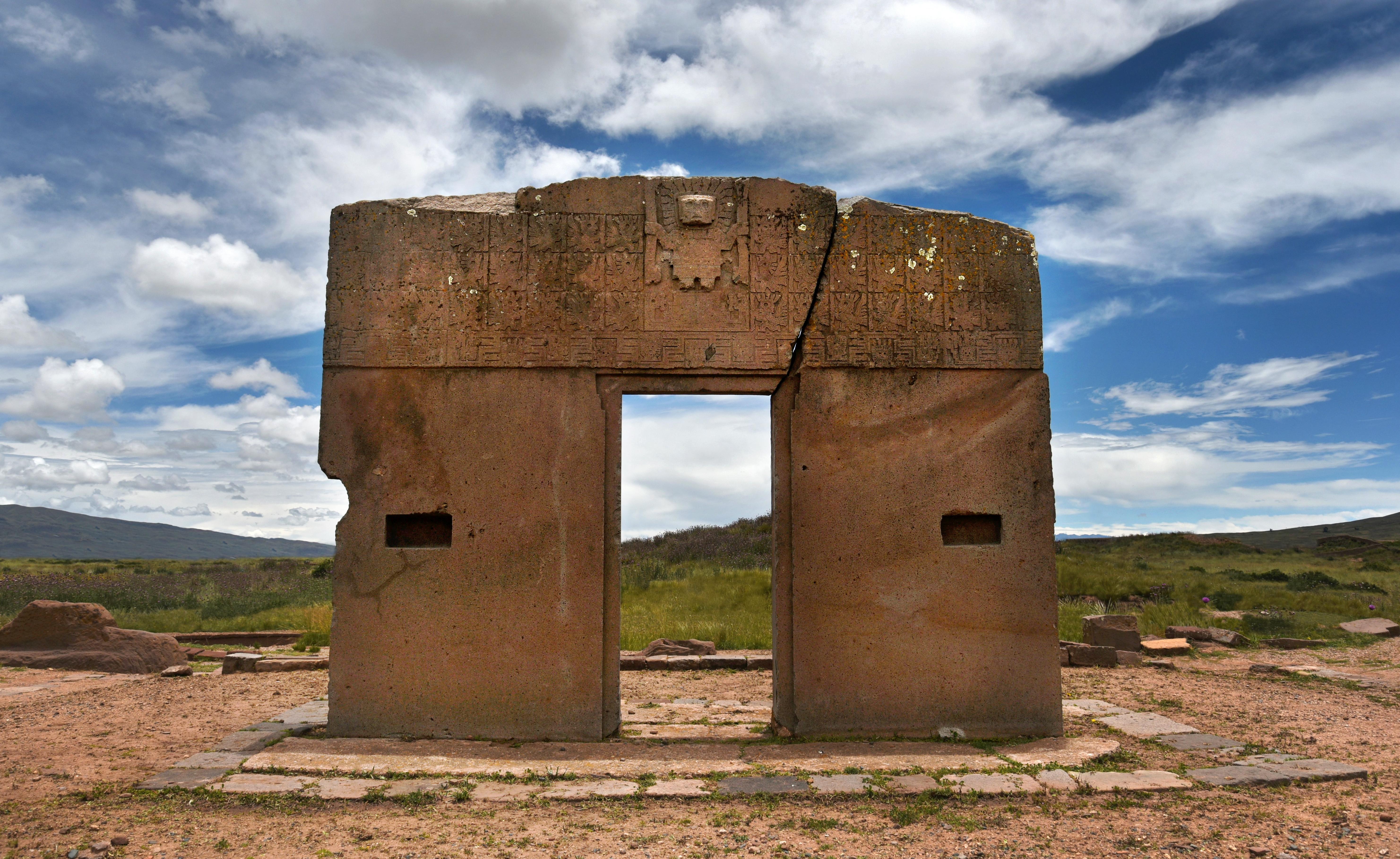
High on the Bolivian altiplano, near Lake Titicaca, lie the imposing ruins of Tiwanaku, the center of a powerful pre-Incan civilization that flourished for centuries before its mysterious collapse around 1000 AD. Its monumental stone gateways, like the intricately carved Gateway of the Sun, massive courtyards, and perplexing stone faces embedded in walls, speak of sophisticated engineering and astronomy. The sheer scale of the structures in this harsh, high-altitude environment, coupled with the unanswered questions about its culture and decline, lends Tiwanaku an undeniably enigmatic and eerie aura.
19. Ross Island, Andaman Islands, India: Colonial Ghosts in the Jungle
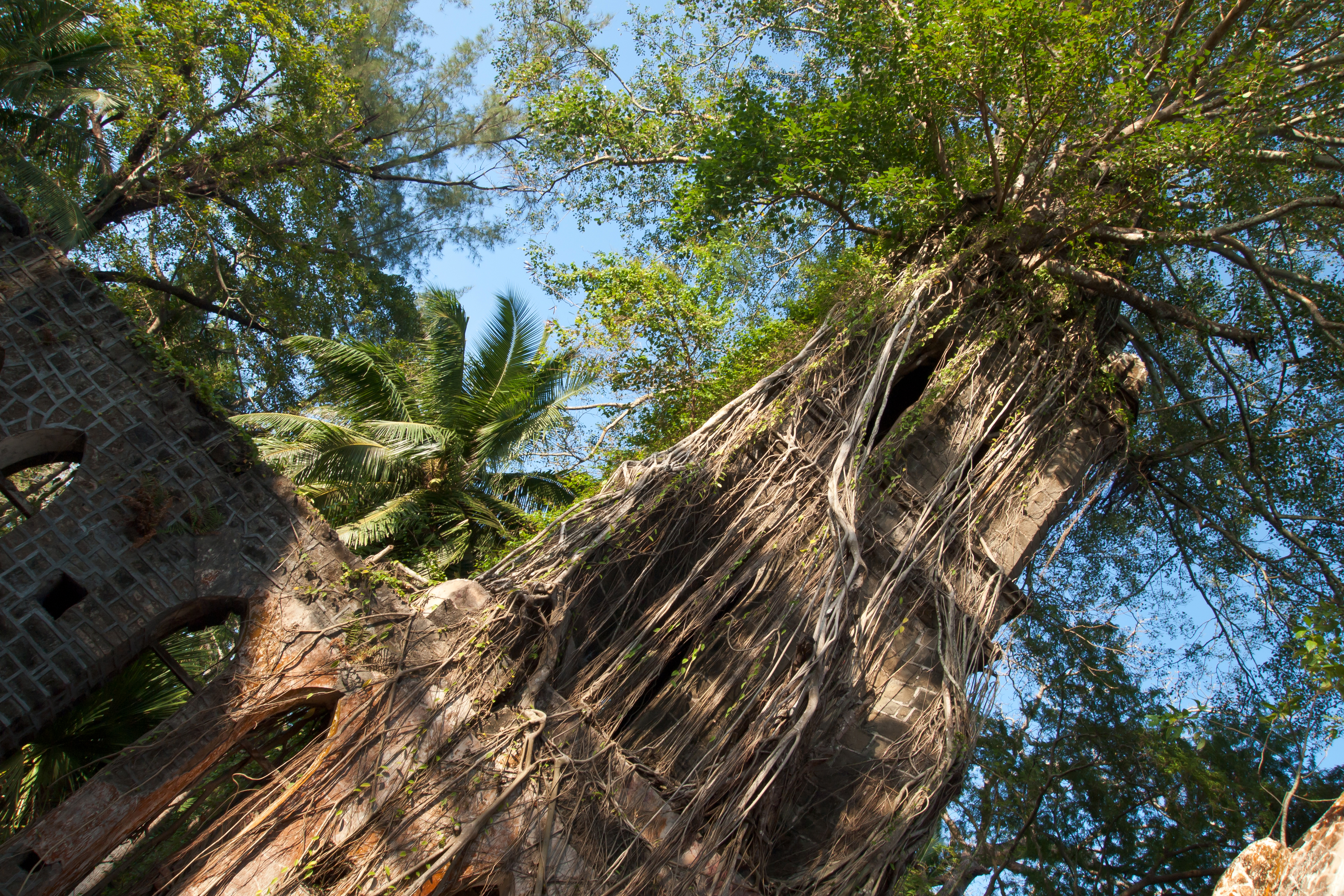
Once the opulent administrative headquarters for the British in the Andaman Islands, Ross Island is now an eerie ghost town slowly being reclaimed by the tropical jungle. Decaying Victorian bungalows, a Presbyterian church with vines snaking through its windows, overgrown tennis courts, and a desolate cemetery tell a vivid story of colonial ambition succumbing to nature. The island's dark past as a penal colony adds another layer of somberness. Wandering its deserted pathways, with tree roots bursting through floors, feels like stepping into a forgotten, haunted era.
20. Hagar Qim & Mnajdra, Malta: Neolithic Mysteries
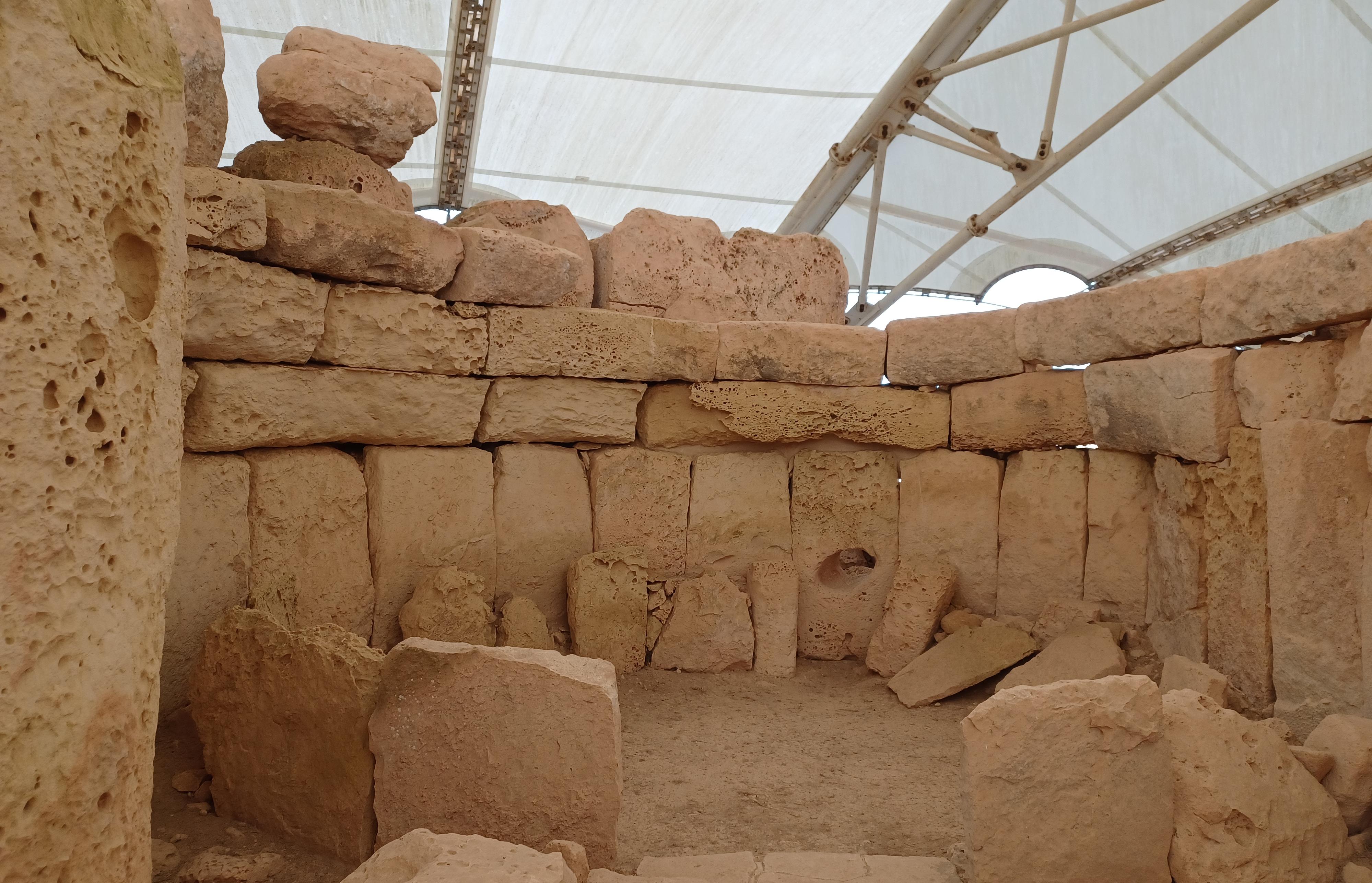
Older than Stonehenge and the Pyramids, the megalithic temple complexes of Hagar Qim and Mnajdra on the Maltese coast are shrouded in prehistoric mystery. These massive limestone structures, with their intricate chambers, oracle holes, and precise astronomical alignments, were built by a sophisticated but long-vanished culture. The purpose of these temples – whether for fertility rites, calendrical observations, or communication with deities – remains speculative. Their sheer antiquity and the unknown nature of their creators lend them an eerie, timeless quality, connecting us to a distant, enigmatic past.
21. San Agustín Archaeological Park, Colombia: Land of Stone Gods
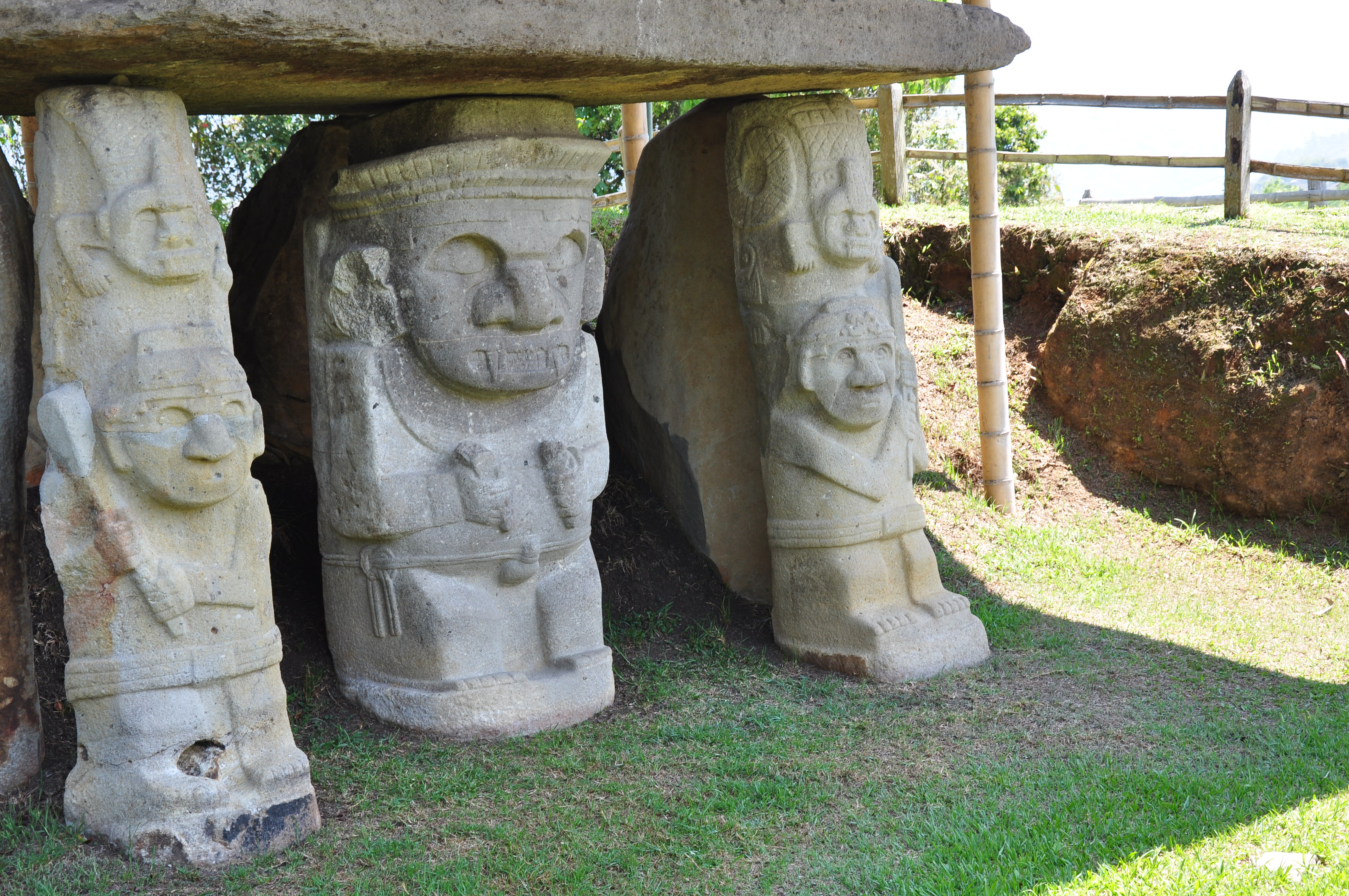
Deep in the Colombian Andes, the San Agustín Archaeological Park protects hundreds of monumental stone statues, enigmatic figures of gods, warriors, and mythical beasts carved by an obscure pre-Columbian culture that flourished between the 1st and 8th centuries AD. These often fierce or grotesque sculptures guard burial mounds scattered across the lush, mountainous landscape. The isolation of the site, the unknown beliefs that inspired these powerful carvings, and the sense of a civilization that vanished leaving only these stone sentinels behind, create a deeply mysterious and eerie atmosphere.
22. Great Zimbabwe, Zimbabwe: The Stone Enigma of Africa
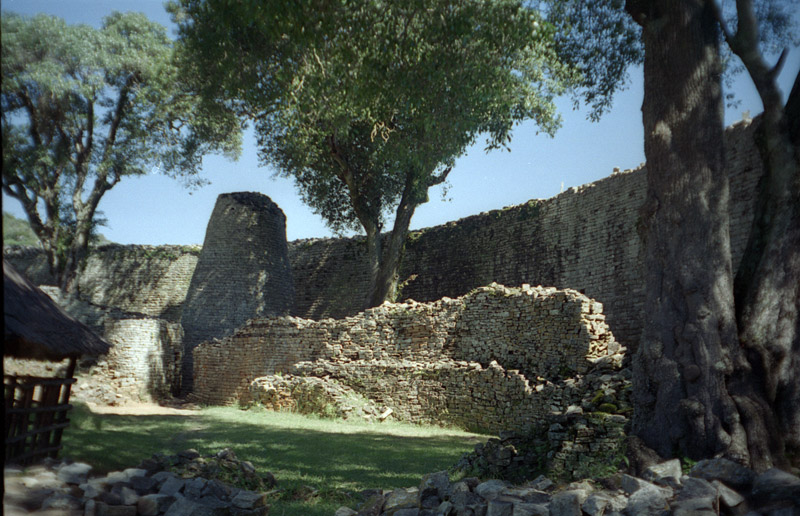
Hidden in the southeastern hills of Zimbabwe lie the ruins of Great Zimbabwe, the largest stone structure south of the Sahara. Once the capital of a powerful African kingdom between the 11th and 15th centuries, the site features massive granite walls—some over 30 feet high—built without mortar. The origin of its construction baffled early colonial explorers, who refused to believe it was African-made. Today, its silence speaks volumes: of forgotten empires, erased narratives, and cultural pride slowly being reclaimed. Wandering through the Great Enclosure or the mysterious conical tower, you feel the dignity of a civilization that once thrived—and the injustice of its near-erasure.
23. Ubar, Oman: The Atlantis of the Sands

Legend speaks of a lost city buried beneath the desert—the “Atlantis of the Sands.” In the 1990s, satellite imagery led archaeologists to a collapsed limestone cavern in Oman’s Rub' al Khali desert, believed to be the fabled city of Ubar. Once a key trading hub on the frankincense route, it was said to have defied God’s will and was swallowed by sand. Though debate continues over whether the ruins match the legend, the atmosphere is undeniably haunting. Endless dunes, eroded watchtowers, and the mythic overtones make Ubar feel like a parable carved into the earth—and slowly reclaimed by it.
24. Hvalsey Church, Greenland: Frozen Silence of the Norse
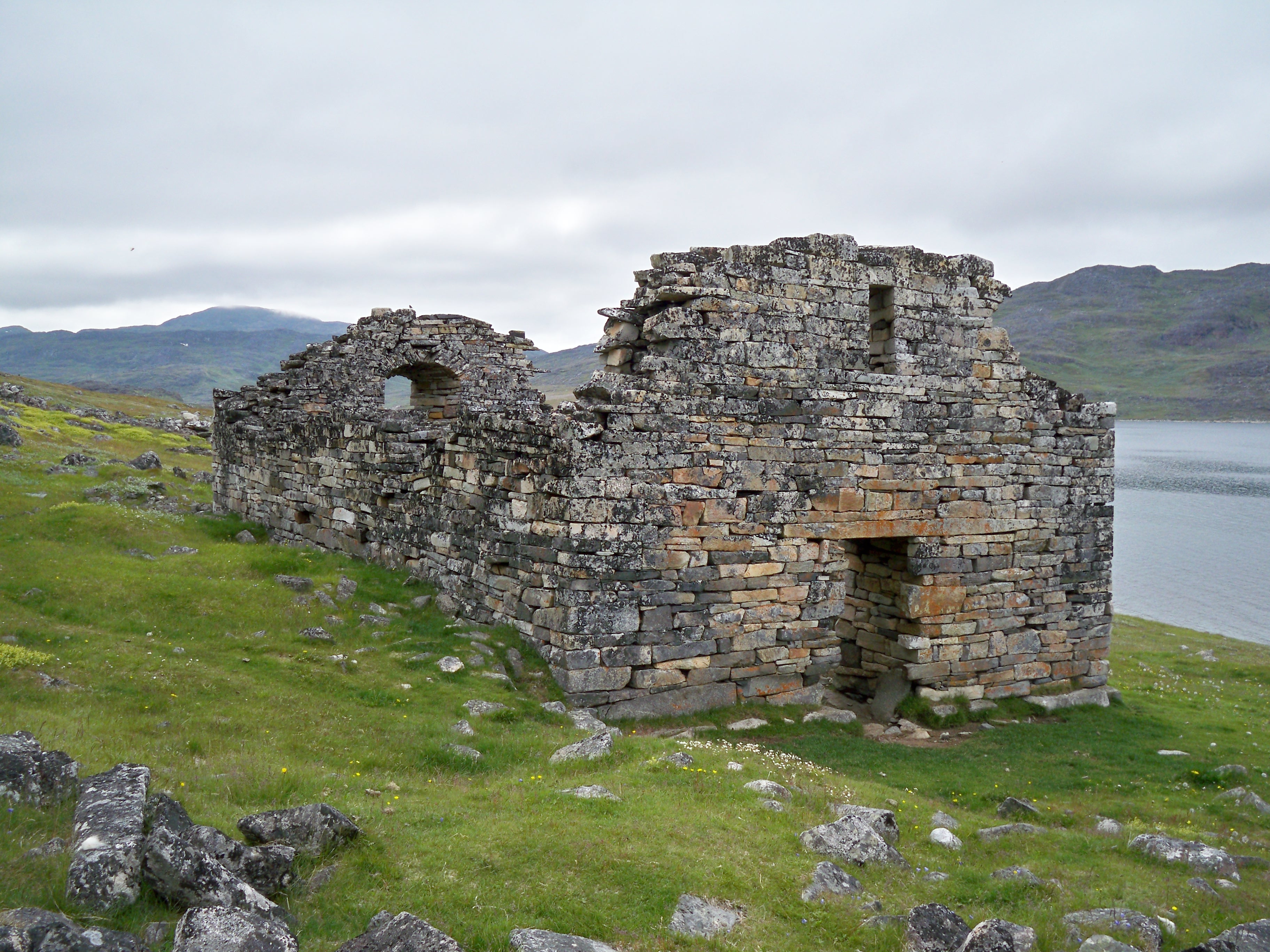
Hvalsey Church is all that visibly remains of Greenland’s Norse settlements, abandoned in the 15th century under still-mysterious circumstances. This stone church, beautifully intact against a backdrop of icy fjords, hosted the last known written record of the Norse in Greenland—a wedding in 1408. Then silence. Why they vanished—famine, climate change, isolation—is still debated. Today, the church sits alone among moss-covered stones and the ruins of long-deserted farmsteads. The Arctic wind howls through broken windows, whispering of lost prayers and abandoned lives. It’s less a ruin, more a ghost suspended in frost.
25. Thonis-Heracleion, Egypt: The Sunken City of Legends

Off the coast of Alexandria, divers discovered a submerged city once thought to be a myth: Thonis-Heracleion. For centuries, it was Egypt’s gateway to the Mediterranean—until it disappeared beneath the sea more than a thousand years ago, likely due to earthquakes and liquefaction. Today, its statues, temples, and sphinxes lie eerily preserved underwater. Swimming among these ruins feels otherworldly—like slipping into a dream where ancient gods sleep. It’s a sunken Atlantis with real names, real artifacts, and an electric sense of awe. Few ruins feel as ghostly—or as sacred—as those that drowned and endured.
26. Sarmizegetusa Regia, Romania: Dacian Twilight
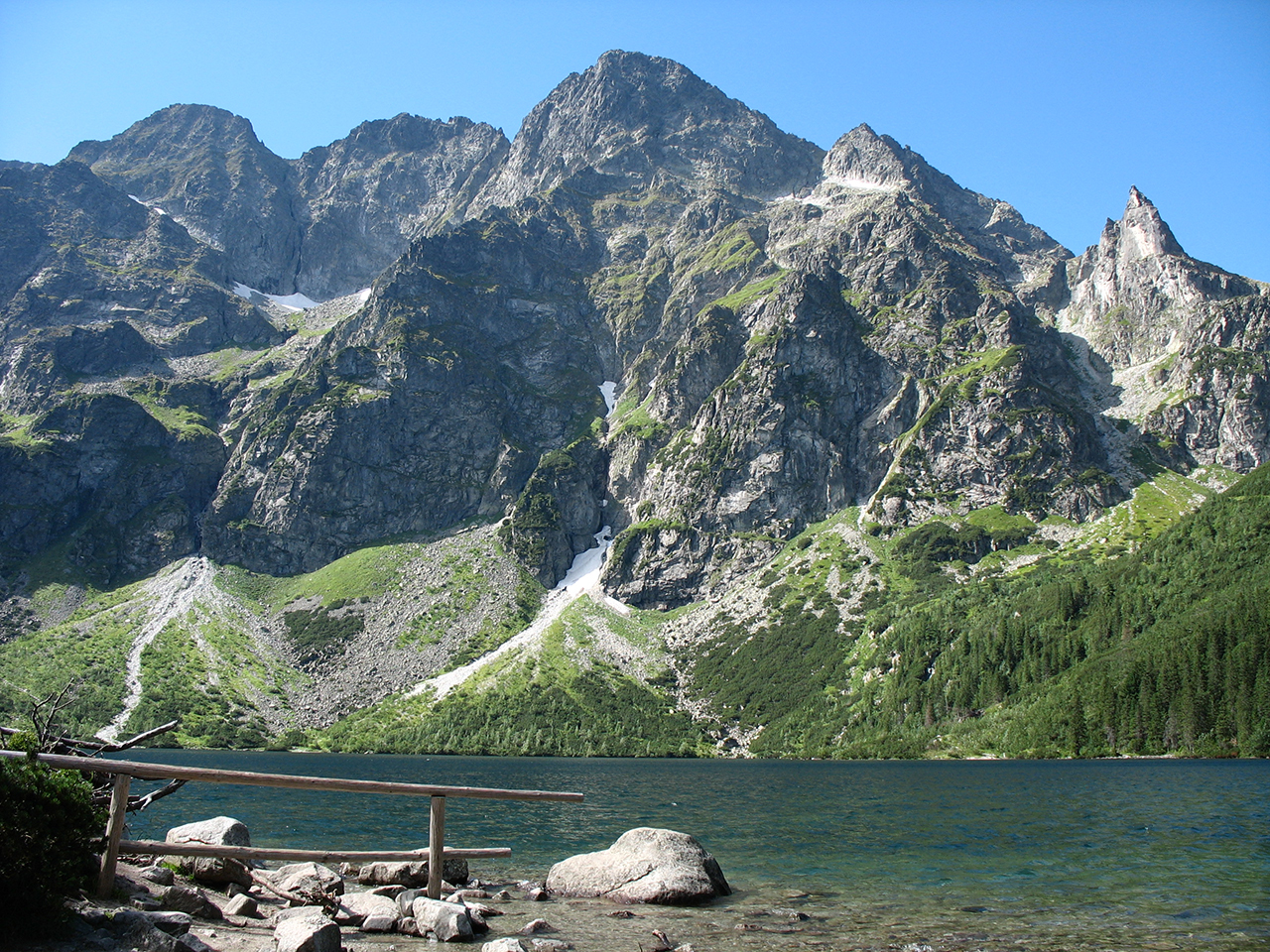
Tucked deep in the Carpathian Mountains, Sarmizegetusa Regia was the spiritual and political heart of the mysterious Dacian civilization, conquered by the Romans in 106 AD. Surrounded by dense forests and mist, the site features concentric stone sanctuaries resembling alien landing pads, megalithic altars, and fortification remnants that once housed a defiant people. Despite its grandeur, little is known about the Dacians’ beliefs, rituals, or language. The cold quiet of the forest seems to guard these secrets fiercely. It’s a place that doesn’t just look ancient—it feels deliberately obscured, as if its ghosts aren’t ready to be understood.
Where Stones Speak and Time Stands Still
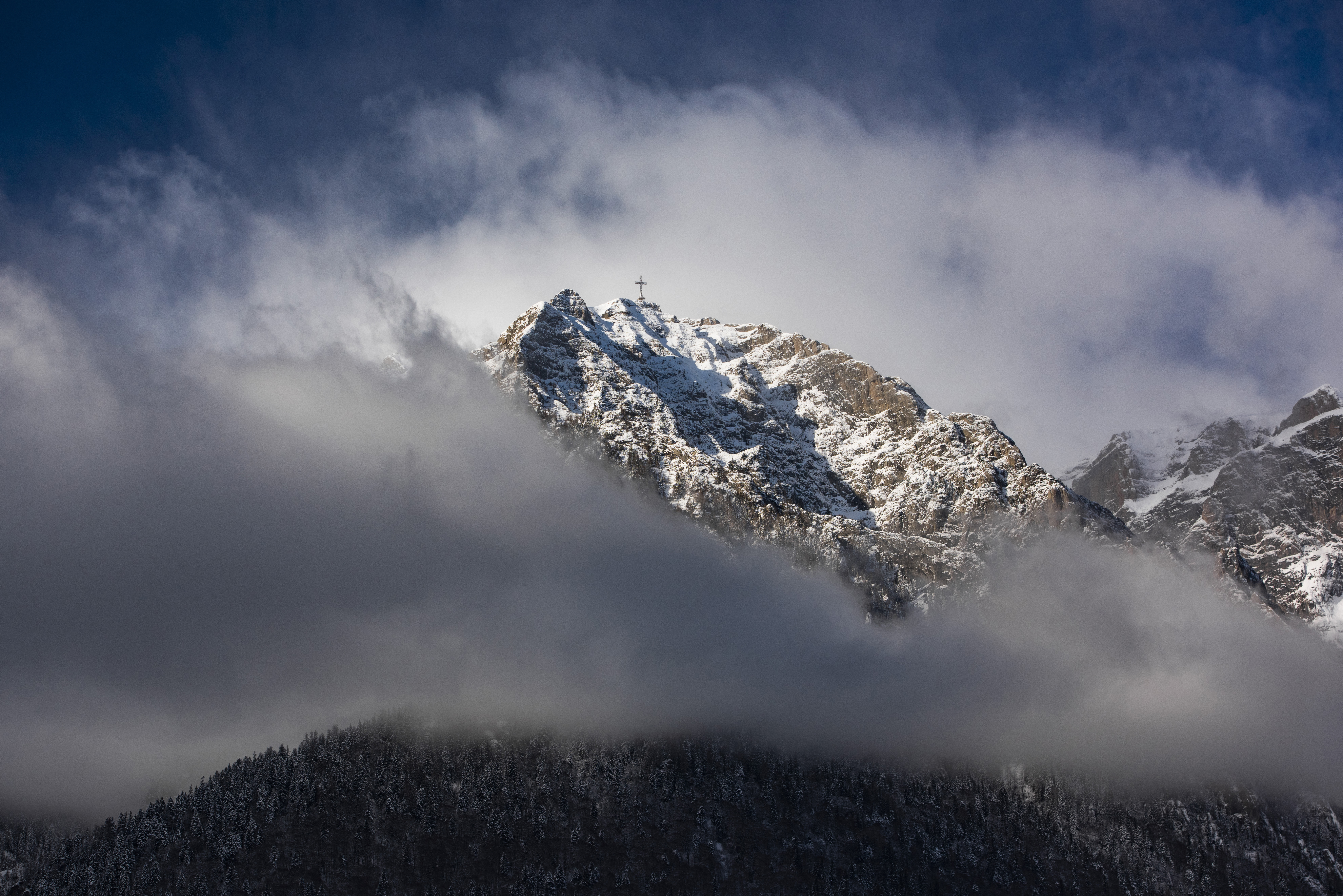
In a world racing toward the future, these ruins pull us backward—into silence, shadow, and the weight of what once was. They are not just crumbling stones or overgrown paths; they are memory incarnate. Each site whispers stories of ambition and collapse, devotion and disappearance, human brilliance and its inevitable erosion. To visit them is to touch the pulse of forgotten civilizations, to feel both awe and unease in equal measure. They don’t beg to be understood—they dare you to sit with the unknown. And maybe that’s the point. In their decay, they remain alive: haunting, holy, and utterly unforgettable. So whether buried beneath jungle vines, submerged in coastal tides, or standing stoic on windswept plains, these eerie ancient places remind us that history doesn’t vanish—it waits. Still. Watchful. Listening for those brave enough to ask not just what happened, but why it still matters.





